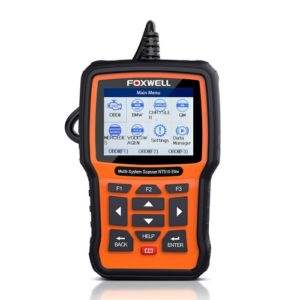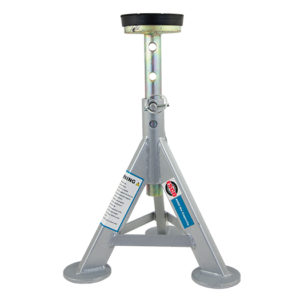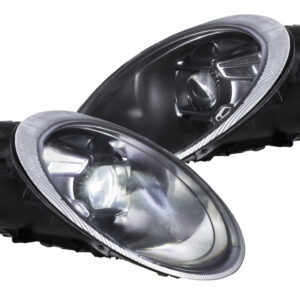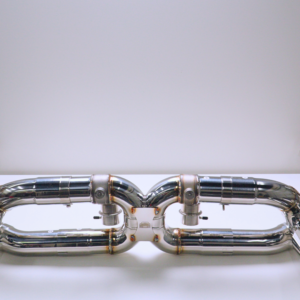A car battery has several simple, yet important tasks. It accumulates electrical energy created by the alternator while the engine is running. When the car is turned off, electricity stored in the battery powers all systems that still need to run and provides power for starting the engine. Because modern batteries are very reliable, we often don’t think about our car battery until we experience an issue. In most cases, car batteries last anywhere from 2 to 4 years. However, factors like your driving habits and the environment you’re in will impact the lifespan.
While we typically like to recommend you do-it-yourself to save money, unlike a normal car, changing out the battery on a Porsche 911 requires a special device to “register” the battery to the car. This registration process allows the vehicle to adjust its settings to adapt to the type of battery you have. Failure to register a new battery could lead to premature life of the battery or even damage to your alternator. Though the diagnostic tool is about $200, it will come in handy for resetting the service light. If you don’t want to invest in the tool though, we recommend you take it to an independent Porsche mechanic.
If you want to do-it-yourself, check out this video from the YouTube channel, The Battery Shop. It shows how to change the battery on the Cayman, but the procedure for 911 is identical. Detailed step-by-step instructions along with the parts and tools you’ll need are below.
Step 1: Test your battery.
- Start by testing your battery. You can do this by taking your car to your nearest auto parts store.
- To test the battery yourself, purchase a simple battery tester such as this one.
- Open vehicle’s front compartment area (“frunk”), then pull off the plastic compartment cover (near the windshield) to reveal the battery.
- Attached the battery tester to the terminals.
- Run through the battery tester’s battery and crank tests. Here is a helpful video from Scotty Kilmer.
Step 2: If replacing the battery, first read these precautions.
- If you are replacing a wet cell battery, make sure not to tilt the battery as acid may emerge from the vent hole. Do not allow battery acid to come into contact with the eyes, skin or clothing.
- Make sure there are no flames or flammable materials in the vicinity while handling the battery. Also, be sure not to allow the positive and negative battery terminals or cables from touching one another or you could create sparks.
- Do not place tools or other similar object on the battery, as it may cause a short circuit and explosion.
Step 3: Gain access to the battery.
- Make sure your vehicle is off and the key is not in the ignition.
- Open vehicle’s front compartment area (“frunk”).
- Pull off the plastic compartment cover (near the windshield) to reveal the battery.
- Remove the tire inflator pump and housing, which is held on by T30 screws.
Step 4: Remove the old battery.
- Remove the battery bracket, which is held on by 13mm bolts.
- Locate the retaining bracket at the bottom side of the battery and remove it using a 13mm socket with a long extension.
- Remove the negative battery terminal using a 10mm socket. Note: You only need to loosen the terminal bolt; do not remove the nut completely or you can damage the terminal bolt.
- Next, disconnect the positive battery terminal, which is on the driver’s side. It has a plastic cover, which you can remove by simply lifting it up.
- Grab the battery by the handles at the top of it and remove it from the car. Be careful not to not to pull on any wires or cables in the process.
Step 5: Install the new battery.
- Before installing the new battery, write down the following information: part number, serial number, battery type (Wet cell or AGM) and amperage (in Ah).
- You can find this information at the top of the battery and will need this later to “register” the battery to your car.
- Install the new battery, retaining bracket, battery bracket, air compressor housing, and plastic compartment cover following the prior steps but in reverse.
- Just hand tighten the various fasteners.
Step 6: Register the new battery to your vehicle.
- Inside the car, connect the diagnostic tool to the OBD2 connector and turn the key to the “ON” position.
- Navigate through menus within the diagnostic tool, as shown on the video from Review My stuff.
- Locate the battery registration feature and input your battery information.
- You’re all done!






